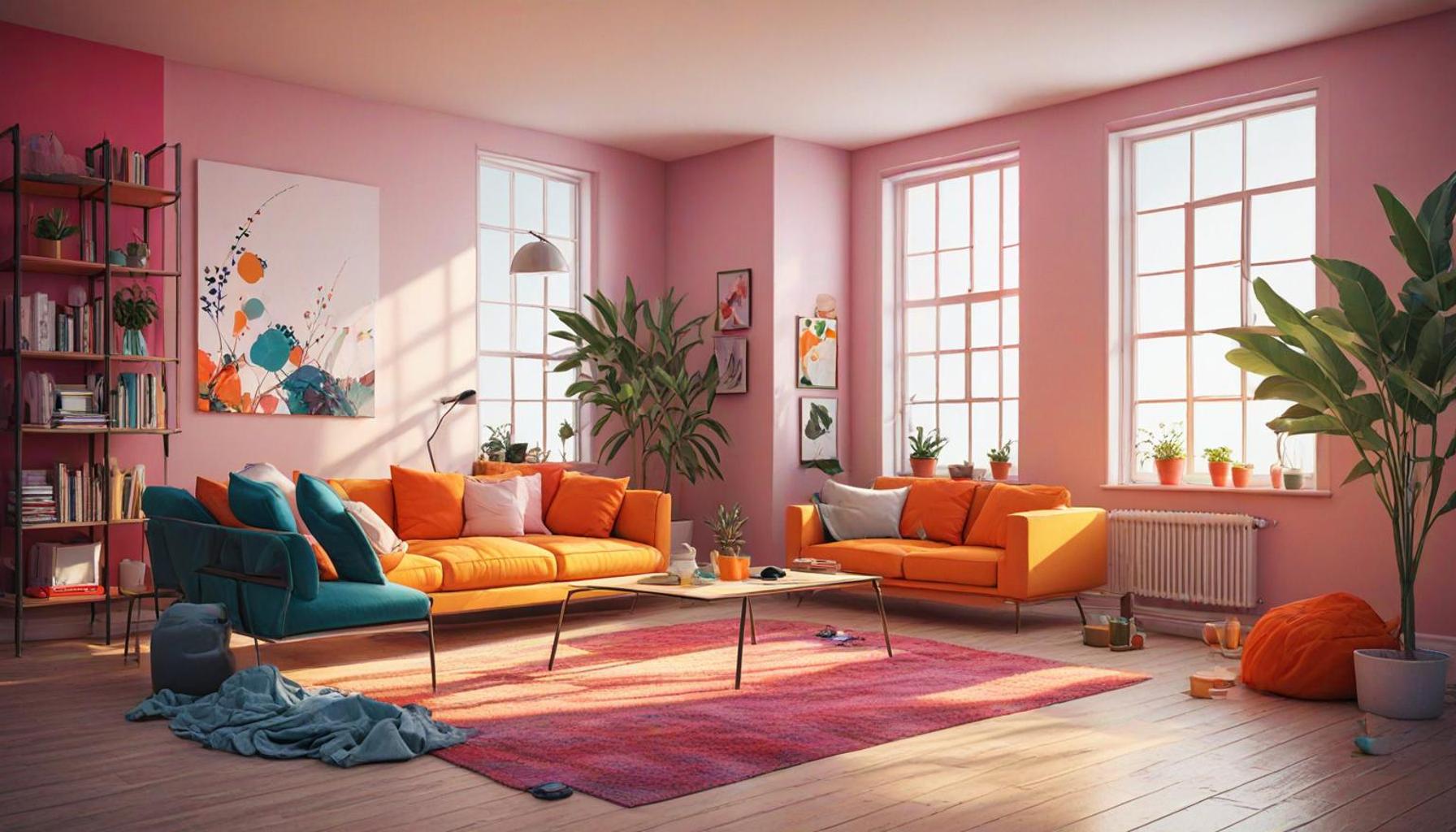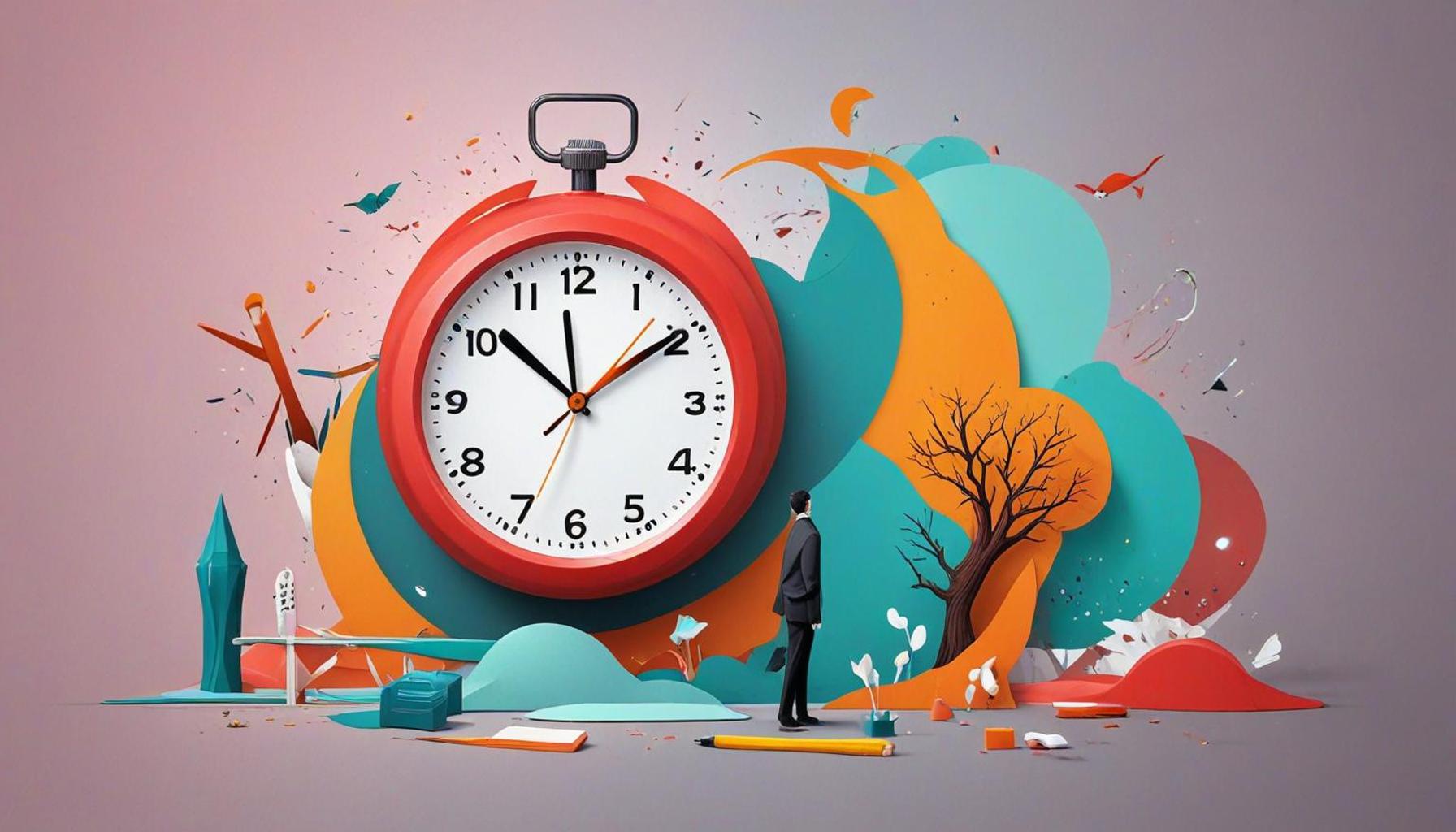Transforming Spaces: The Effect of Minimalism on Creating Environments that Inspire an Intentional Life

Redefining Your Environment
In today’s fast-paced world, the concept of minimalism is gaining traction as a transformative approach to personal spaces. By embracing simplicity, individuals are discovering new paths to cultivate environments that foster intention and creativity. The minimalist lifestyle encourages a shift in focus, allowing us to prioritize what truly matters.
The Essence of Minimalism
Minimalism is more than just an aesthetic choice; it embodies a philosophy that can reshape our everyday experiences. This approach often seeks to cut through the noise of modern life, allowing individuals to concentrate on what resonates most deeply with them. Here are some key elements of minimalism:
- Decluttered Spaces: Eliminating excess items enhances mental clarity. The process of decluttering doesn’t just physically free our spaces; it also liberates our minds, making way for new ideas and creativity. For example, by transforming a cluttered living room into a serene oasis, individuals often find they are more relaxed and able to refocus their energy on productivity or personal pursuits.
- Intentional Living: Each item in your space has purpose and meaning. This principle encourages individuals to reflect on their possessions and only retain those that spark joy or serve essential functions. Consider the popular practice of keeping a “yes, no, maybe” box during a decluttering session. This approach allows people to make thoughtful decisions about what truly adds value to their lives.
- Timeless Design: Simple, clean lines promote peace and functionality. Minimalist design often leans toward neutral color palettes and functional furniture, creating environments that foster tranquility. For example, a well-designed minimalist workspace characterized by a sleek desk, an ergonomic chair, and a single piece of inspiring artwork can enhance focus and reduce stress.
As we explore the profound impact of minimalism on our spaces, we uncover its potential to inspire an intentional life. From homes designed for serenity to workspaces that boost productivity, the influence of minimalism is undeniable. Embracing this philosophy can lead to transformative changes in various facets of life, from encouraging financial freedom by purchasing less to enhancing mindfulness through a simplified living environment.
In summary, minimalism serves as a reminder to explore what we truly need to thrive. Whether it’s through a fresh coat of paint in soothing colors or a commitment to maintaining a clutter-free space, the journey of minimalism invites us to think deeply about our relationships with our possessions and the environments we inhabit. As you consider these elements, think about how you can make minimalism a key aspect of your life, perhaps even beginning with a small decluttering project this weekend.
DIVE DEEPER: Click here to learn how minimalism can enhance your time management skills
Creating Breathing Room: The Power of Space
As we delve deeper into the minimalism movement, one cannot overlook the transformative power of space itself. Minimalism offers individuals the opportunity to reclaim both physical and mental space, a necessity in our cluttered modern lives. By consciously choosing simplicity, the architecture of our environments evolves, reflecting a more purposeful existence. This conscious design of space encourages individuals to explore how their surroundings can contribute to the quality of life they seek.
The Role of Light and Color
Incorporating light and color into minimalistic designs is pivotal for creating an atmosphere that inspires intention and clarity. Natural light, for example, is celebrated in minimalist spaces. Large windows, skylights, and open floor plans allow daylight to flood interiors, creating an inviting ambiance that brings life to simple structures. According to studies, exposure to natural light can significantly improve mood and productivity, making it an essential element in minimalist architecture.
Moreover, the choice of color cannot be underestimated. A palette of soft, earthy tones—or even the use of stark whites—can invoke a sense of calm and peace. Consider the tranquility of a room painted in pale blue or muted green, which evokes a connection with nature and serenity. The simplicity in colors aids in decluttering our visual experience, allowing our minds to focus on essential elements rather than being overwhelmed by visual noise.
Functionality Meets Aesthetics
At the heart of minimalism is the concept that beauty emerges from functionality. Furniture and decor should not only serve a purpose but also enhance the overall space. Thoughtfully selected pieces can contribute to both comfort and aesthetics, fulfilling dual roles in a home or workspace. Here are key principles to keep in mind:
- Quality Over Quantity: Invest in fewer, high-quality items that will stand the test of time rather than numerous low-quality alternatives. A handmade wooden dining table, for instance, can become the centerpiece of family gatherings, while a simpler design promotes continuity and elegance.
- Versatility: Opt for furniture that can serve multiple functions, such as ottomans with storage or foldable desks. This approach reduces clutter and maximizes utility, making each item valuable in its contribution to the space.
- Personal Touch: Integrate a few personally meaningful items—a piece of art from a local artist or a vintage family photograph—that can inspire memories and evoke emotion without overwhelming the minimalist aesthetic.
As we explore how minimalism reshapes spaces, it becomes evident that this lifestyle choice extends beyond mere aesthetics; it invites us to forge a deeper connection with our environment. The benefits of embracing minimalism are manifold, fostering not only a decluttered physical realm but also enhancing our inner lives. Recognizing the potential of space to reflect our intentions can lead to a profound transformation toward an intentional existence, opening the door to a lifestyle that values depth over superficiality.
| Category 1 | Category 2 |
|---|---|
| Aesthetic Appeal | Minimalism enhances visual tranquility through uncluttered spaces, promoting a calming effect. |
| Increased Focus | Simplified surroundings lead to heightened concentration, allowing for deeper engagement with tasks. |
The influence of minimalism extends beyond mere aesthetics; it encompasses a holistic approach to life. The aesthetic appeal of minimalistic spaces fosters a serene atmosphere, creating an environment that encourages introspection and relaxation. This clarity not only enhances mood but also serves as a canvas for personal expression and mindfulness.Moreover, when clutter is reduced, productivity often sees a significant boost. Studies suggest that in a streamlined environment, individuals find it easier to focus, ultimately resulting in better performance and creativity. The transitional spaces inspired by minimalism prompt individuals to curate their belongings, reflecting a conscious decision to retain only what is necessary and meaningful. This intentional curation fosters greater appreciation for the space and the items within it, leading to a more fulfilling lifestyle.Exploring how transforming spaces through minimalism can shift mindsets opens up new avenues for personal development and self-realization. As enthusiasts delve into these effects, they uncover the profound impact that simplicity can have on daily life, urging one to live with intention and purpose.
DISCOVER MORE: Click here for effective organization strategies
Mindful Organization: The Art of Decluttering
Another cornerstone of minimalism is the practice of decluttering, which goes hand in hand with mindful organization. Embracing an intentional life requires us to assess not only our physical belongings but the very nature of our attachments to them. The first step in this transformative journey is to evaluate what truly adds value to our lives and what serves merely as noise. By applying a deliberate process to remove excess, we create an environment infused with purpose and clarity.
The Minimalist Challenge: Letting Go
One popular method that has gained traction—especially in the United States—is the “30-Day Minimalism Game” initiated by minimalist advocates Joshua Fields Millburn and Ryan Nicodemus. This challenge invites participants to remove one item on the first day, two items on the second, and so forth, ultimately leading to a significant decluttering experience by month’s end. This approach acts not just as a practical framework but also shifts one’s mindset towards owning fewer items. In this way, it serves as a testament to the rewarding nature of simplifying life.
Building Intentional Routines
Yet, minimalism’s reach transcends belongings and decor—it extends into daily practices and routines. In a minimalist framework, activities are stripped down to their essence, enabling the focus on moments that nurture our well-being and happiness. Routines may include the mindful practice of meditation, a moment of gratitude journaling, or even tech-free family dinners. Each of these practices reflects intentional living, inviting individuals to consciously engage with the present.
Research indicates that having structured routines not only enhances productivity but can also lead to better mental health. A study published in the “Journal of Applied Psychology” revealed that individuals who maintain intentional daily routines reported feeling less stressed and exhibited greater emotional resilience. Establishing such rituals within a minimalist framework, therefore, is essential for cultivating an environment that evokes a sense of control and mindfulness.
Creating Personal Sanctuaries
Minimalism also champions the idea of establishing personal sanctuaries—designated spaces in our homes where one can seek refuge from the chaos of life. Whether it’s a zen corner filled with house plants or a reading nook bathed in dappled sunlight, these spaces must resonate with peace and promote well-being. The presence of calming elements—a single artistically crafted chair, a softly woven rug, or a serene piece of wall art—can invite introspection and creativity.
Importantly, the psychological benefits of having a personal sanctuary are well-documented. According to a report from the American Psychological Association, environments designed to foster calmness can significantly reduce anxiety and improve focus. For instance, many people in urban areas are converting spare bedrooms or walk-in closets into tranquil getaways, prioritizing relaxation and creativity amidst their otherwise bustling lives.
The journey into minimalism is not merely about aesthetics or possession counts; it is a powerful response to our fast-paced culture that seeks simplicity and intention. Engaging with minimalism can lead to profound shifts, inspiring individuals to transform their spaces in ways that reflect and enhance their life’s purpose.
DISCOVER MORE: Click here for effective organization strategies
Conclusion: Embracing Minimalism for a Purposeful Life
In an era dominated by consumerism and constant distraction, minimalism offers a refreshing antidote—a pathway to transform our environments and, ultimately, our lives. By embracing simplicity, individuals are empowered to curate their spaces, prioritizing what genuinely nurtures their well-being and aligns with their values. The art of decluttering not only clears physical clutter but also fosters mental clarity, enabling us to engage more deeply with our experiences.
The movement’s influence reaches beyond mere aesthetics; it encourages the establishment of intentional routines that enhance productivity and mental health. As evidenced by research, incorporating structured practices into our daily lives cultivates resilience while promoting a sense of calm. Designing personal sanctuaries that invite introspection becomes essential in navigating today’s chaotic landscape, enabling moments of respite and creativity.
As we confront the demands of modern living, minimalism serves as a reminder of the beauty in having less—less distraction, less noise, but more intentionality. Through thoughtful transformation of our spaces, we can create environments that inspire meaningful connections and a more intentional life. Embracing minimalism may be the key to reclaiming our time, enhancing our focus, and aligning our environments with our most cherished aspirations. Consider the impact of a minimalist approach in your own life, and you may find that less truly is more.



